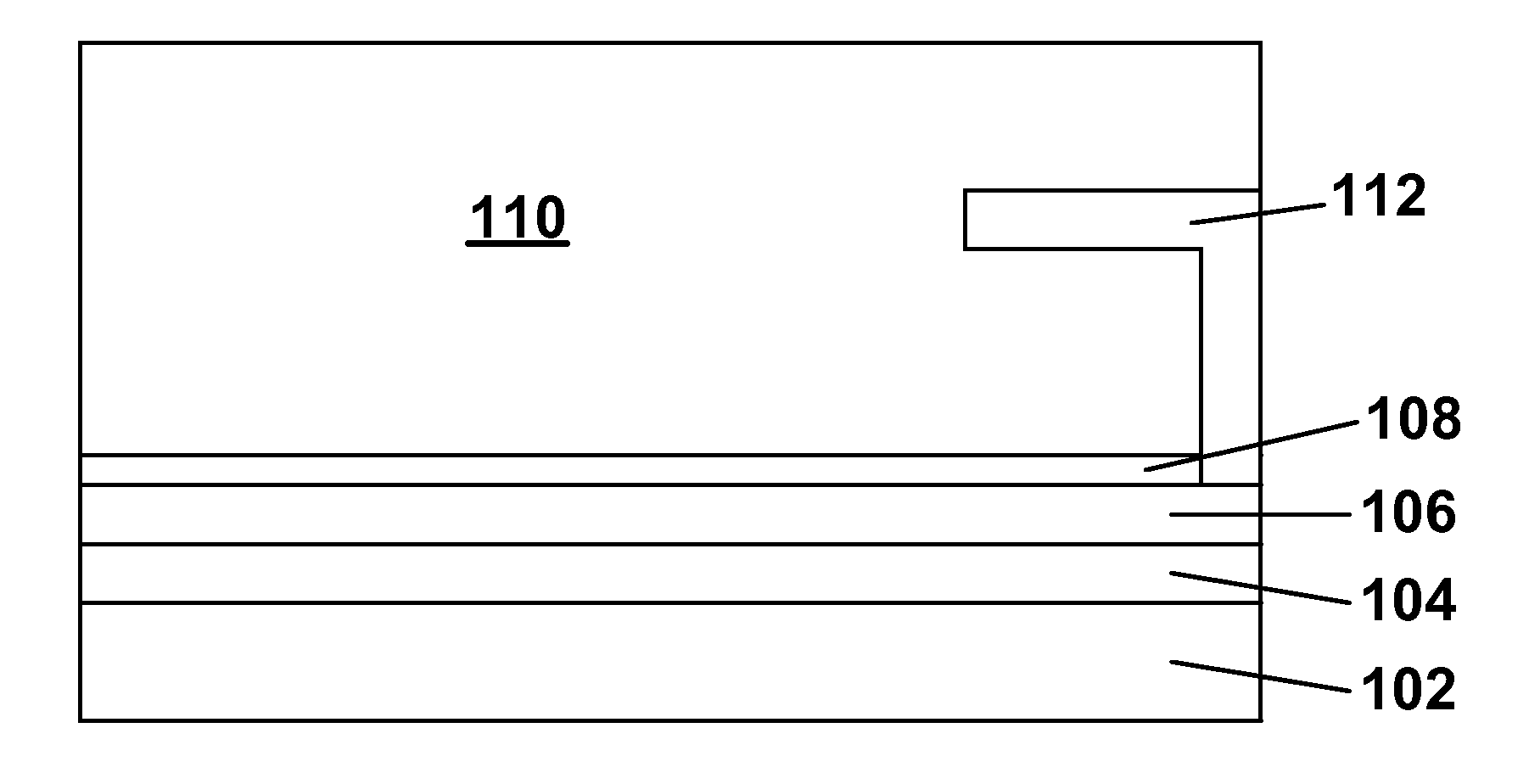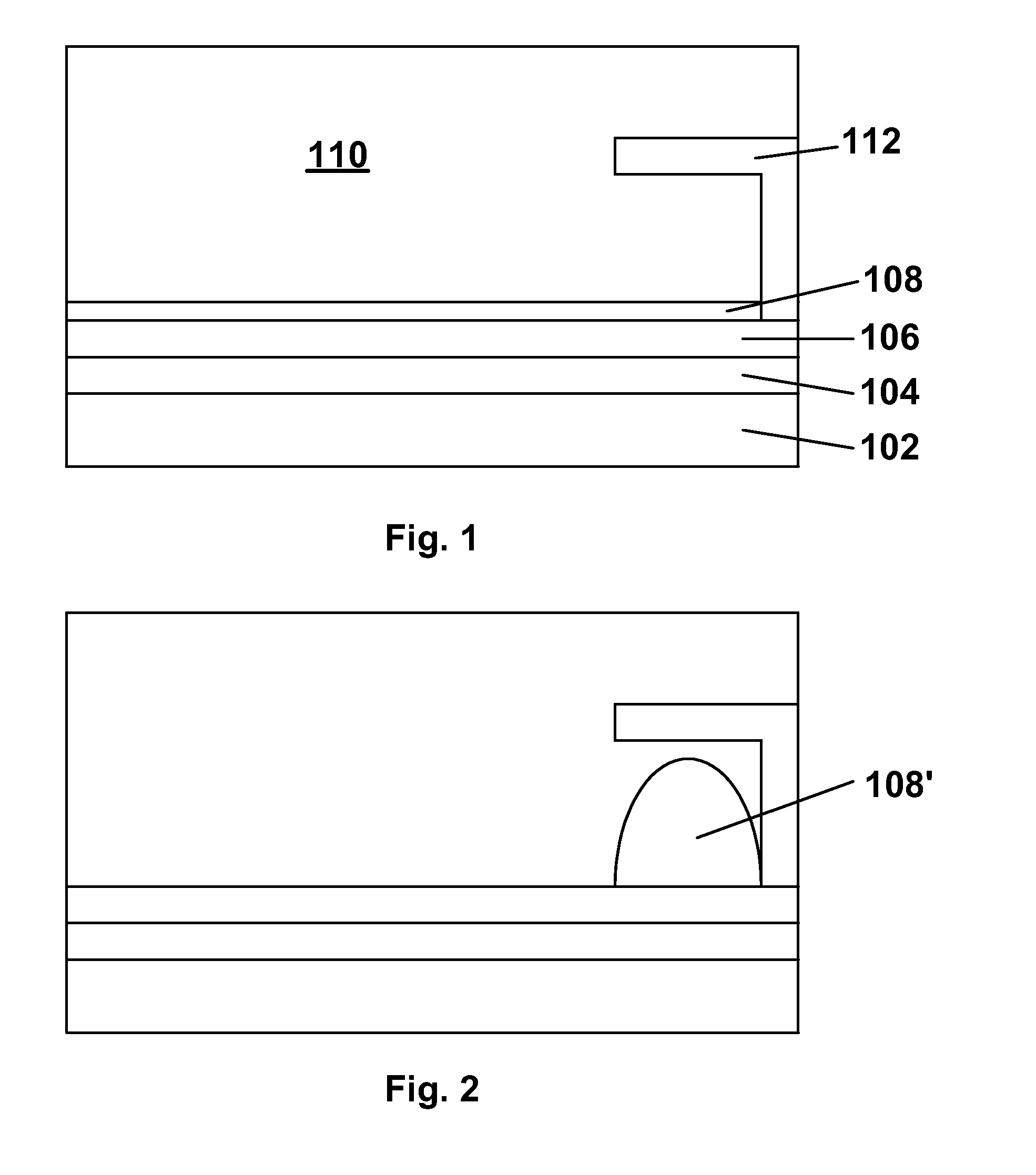Electro-wetting displays
a technology of display and display panel, applied in the field of electrowetting display panel, can solve the problems of display not being bistable, reducing the contrast ratio of display panel, dye fading,
- Summary
- Abstract
- Description
- Claims
- Application Information
AI Technical Summary
Benefits of technology
Problems solved by technology
Method used
Image
Examples
Embodiment Construction
[0061] As already mentioned, this invention has several different aspects. These various aspects will be described separately below, but it should be understood that a single display may make use of multiple aspects of the invention. For example, a microcell display of the invention might use a first fluid colored with pigment particles or nanoparticles in accordance with the pigment / nanoparticle aspect of the invention.
[0062] In the present displays, the first (moving) fluid is typically an oil, while the second fluid is typically aqueous. For ease of comprehension, the description below may use the terms “oil” and “water” instead of first and second fluids, but these terms “oil” and “water” should not be construed in a limitative sense.
[0063] Firstly, as already mentioned, the present invention provides a concealment member display having a concealment member for concealing the oil when an electric field is applied; the present invention also provides a method for operating such...
PUM
 Login to View More
Login to View More Abstract
Description
Claims
Application Information
 Login to View More
Login to View More - R&D
- Intellectual Property
- Life Sciences
- Materials
- Tech Scout
- Unparalleled Data Quality
- Higher Quality Content
- 60% Fewer Hallucinations
Browse by: Latest US Patents, China's latest patents, Technical Efficacy Thesaurus, Application Domain, Technology Topic, Popular Technical Reports.
© 2025 PatSnap. All rights reserved.Legal|Privacy policy|Modern Slavery Act Transparency Statement|Sitemap|About US| Contact US: help@patsnap.com



